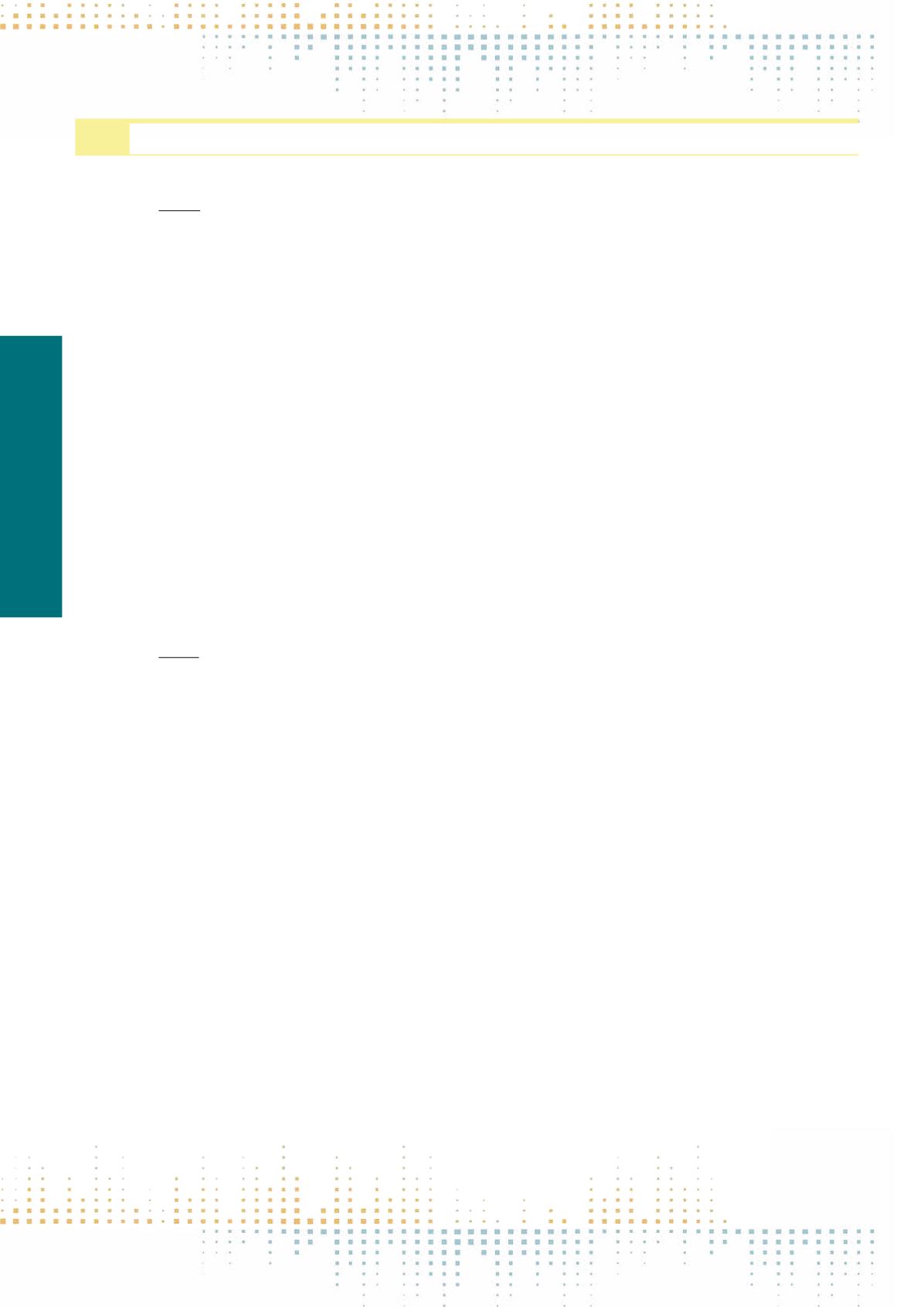

196
Friday, November 11
1 4 : 3 0 – 1 6 : 0 0
DMMPS
Poster session
PS 038
The Impact of Online User Comments on the Evaluation of Journalistic Quality
M. Dohle
1
1
University of Düsseldorf, Departement of Communication, Düsseldorf, Germany
By giving online users the opportunity to post comments below news articles and clips, journalists aim to include their audience and to gain positive
impulses, which, in turn, could lead to an improvement in journalistic quality (e.g. Lilienthal et al., 2015). However, studies (e.g. Jakobs, 2014) show that
only a few users write comments. In addition, these users frequently and harshly criticize journalistic efforts and products. Especially such negative and
uncivil comments have an impact, for example on the perception of polarization and media bias (e.g. Hwang et al., 2014; Lee, 2012). Admittedly, there have
been precious few findings regarding the obvious question of whether user comments have an impact on the audience’s assessment of journalistic quality:
Prochazka et al. (2015) determined that user comments led to a poorer appraisal of news articles. Sikorski and Hänelt (2016), meanwhile, were able to show
that negative user comments – which focused on the person who was negatively portrayed in the text – resulted in a better perception of the article’s qual‑
ity than mixed comments. Despite these results, it has yet to be assessed how the interaction of user comments and actual journalistic quality is structured.
To prove this, two experimental studies were conducted. Study 1 (n = 164) was based on a 2 (high vs. low quality of a journalistic article) x 2 (predominantly
positive vs. predominantly negative user comments) between-subject design. In Study 2 (n = 207), participants took part in an experiment with a 2 (high
vs. low quality of a journalistic news clip) x 3 (predominantly positive vs. predominantly negative vs. no user comments) between-subject design. In both
studies, journalistic quality was measured in general, as well as with regard to various dimensions of quality (e.g. validity, transparency, comprehensibility).
In addition, control variables were measured.The results of study 1 indicate that under the predominantly positive user comments condition, the high qual‑
ity version of the article was slightly more positively evaluated than the low quality version. With the negative comments condition, both article versions
were appraised nearly identically. The direct influence of the user comments was highly intense: with the predominantly negative comments, the evalua‑
tion of the article was significantly poorer than with the primarily positive comments. Study 2 showed that the negative comments led, again, to a clearly
poorer evaluation of the news clip’s quality. In the case of the low quality version, however, the positive comments led to a better appraisal of the news clip,
compared with the evaluation of the control group. It remains to be seen whether user participation has a positive effect on journalistic quality in the long
run. However, the effects of user comments show that the evaluation of journalistic performance can be significantly influenced by such participation. Con‑
sidering that in reality, user comments are predominantly critical, it is worrying that their effects on the evaluation of journalistic work are rather negative.
PS 039
Sport Practitioners' Communicative Networks
V. Ehrlén
1
1
University of Helsinki, Social Research, Helsinki, Finland
Sport practice in Europe is traditionally bound to sport clubs. Sport clubs offer their members a community, an identity, training facilities, coaches and
partners. Sport clubs are still prevalent and important, but as recreational, non-competitive, health-related exercise is becoming more popular, many indi‑
viduals practice sport without being members of a club. Without the support of cohesive sport clubs, practitioners use their personal networks to connect
to other practitioners. Networks of practitioners are created and maintained both offline and online, and the online and offline domains are interconnected
by a constant flow of communication between them. Social media makes it easy to bond and connect, to create and maintain the networks that practi‑
tioners create. On social media, people share sport-related material such as exercise data, information about events, locations, techniques and equipment
as well as stories about success and failure. With the help of smartphones, action cameras, activity trackers and new mobile applications, the popularity
of sport-related social media practices is growing. Through social media, sport culture has made a shift to the network era (see Castells 2009), and yet
there is not much research made on the networks that sport practitioners create. This paper is linked to the dissertation research in which I study how and
why sport practitioners form social contacts, share resources and produce communality in the era of the network society. This paper has its focus on social
networks that are studied from two perspectives: 1) networks of practitioners and 2) networks of liquid communities. Liquid communities (see Maffesoli
1995; Bauman 2000) are here understood as online and offline sites, events and meetups. These communities provide platforms for network members to
meet and interact. An individual may belong to several communities, and thus through individuals, different liquid communities are linked together. This
paper answers three questions: 1)Why does contemporary recreational sport manifest in social networks? 2)What are the flows of communication in sport
practitioners’ social networks? and 3) How is the network of practitioners connected to the network of liquid communities? During the next five months I
will collect and analyze the empirical material that I propose to present in the ECREA 2016 conference. The material is comparative as it is collected via two
case studies. The first case examines trail runners' social networks in Finland, and in the second case rock-climbers' networks in Germany. I will use network
analysis to study social links, clusters and flows of communication in practitioners' networks. Moreover, I will examine how networks of practitioners are
related to different liquid communities online and offline. This paper contributes the theoretical discussion about the network society, liquid organization
and new collectivism. Moreover, thie paper discusses the role of social media in network-based organization.



















